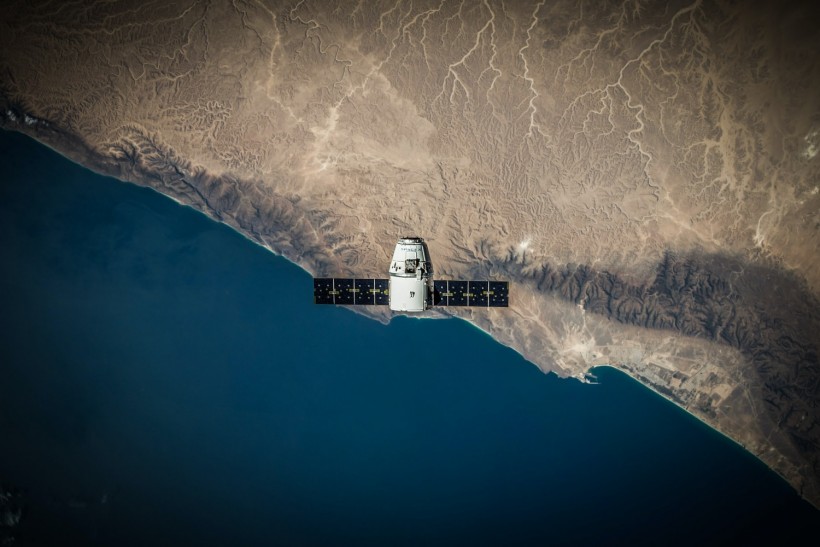We've been rocketing objects out of Earth's atmosphere since Sputnik's 1957 launch. But while the years following the first space race were all about getting a man into space - and following that up with landing men on the Moon - the current space race is far more focused on satellites. That's because orbiting satellites can give companies and governments some power and control over markets and jurisdictions on Earth, providing everything from mobile networks and the internet to accurate images of our planet's surface. Here's how that race is looking like developing in 2022.
Mapping
A tiny satellite orbiting above Earth is utterly minuscule compared with the celestial bodies with which it shares the heavens. But as more and more satellites are taking to the skies - with thousands now swirling around in the cosmos - the space industry has had to begin mapping them. In essence, space is getting a little busy, and collisions or breakages could occur if we're not abreast of where certain satellites are based.
That's what has inspired Seradata to make a map of the heavens, tracking each and every satellite launch since Sputnik's ground-breaking adventure outside of our atmosphere. Their mapping can help those in the space and satellite industry plan where they'll place their satellites, which you'll sometimes glimpse winking across the night sky.
Private Firms
The development of the space race in the long span of our relationship with the heavens has been a journey from public funding - with NASA as the great example of taxpayer-funded space exploration - to private funding. In terms of the latter, we're now seeing dozens of well-funded private companies successfully sending payloads into space.
Why is this significant? Well, for one thing, space is now not necessarily a battle between great powers - though, of course, the USA, China, Russia, and even the EU are partnering with these private companies to get their surveillance technologies into the skies. Instead, it's more interesting that these private companies will seek to monetize their ability to get into space - and this will be through universal technologies - like planet-wide internet - which could truly change life on Earth.
Cleaning Up
Finally, the last two to three years have seen space technologists raining concerns about the amount of detritus in the area of space just beyond our atmosphere. It's here that an accumulation of human space junk - like the rockets that jettison off a craft after it has left our atmosphere - hang in orbit around our Earth. Experts say they're going to cause real problems in the near future.
The solutions proposed around the high level of space junk are ingenious. They include sending out large nets to capture groups of junk or even a proposal to zap the junk into oblivion to make way for future satellite launches. Whatever's chosen, this looks set to be an important development in the space travel industry in the years to come.
There you have it: three key trends in the satellite launching and planning industry that will be most interesting to watch as we head into 2022.
* This is a contributed article and this content does not necessarily represent the views of sciencetimes.com















